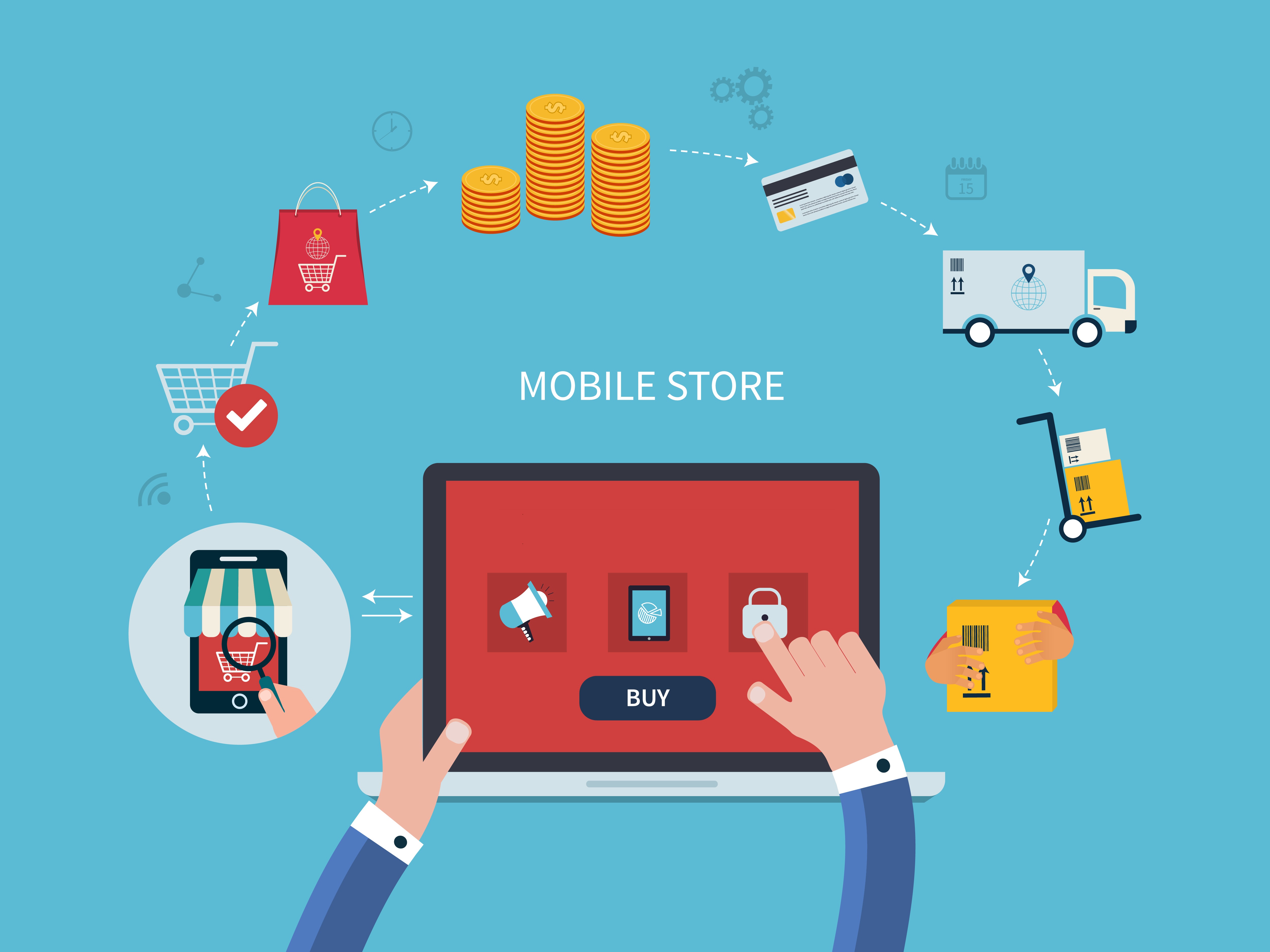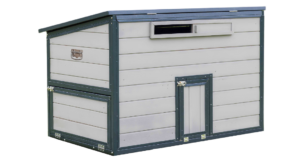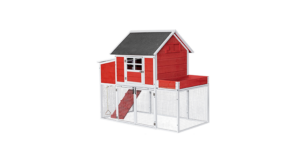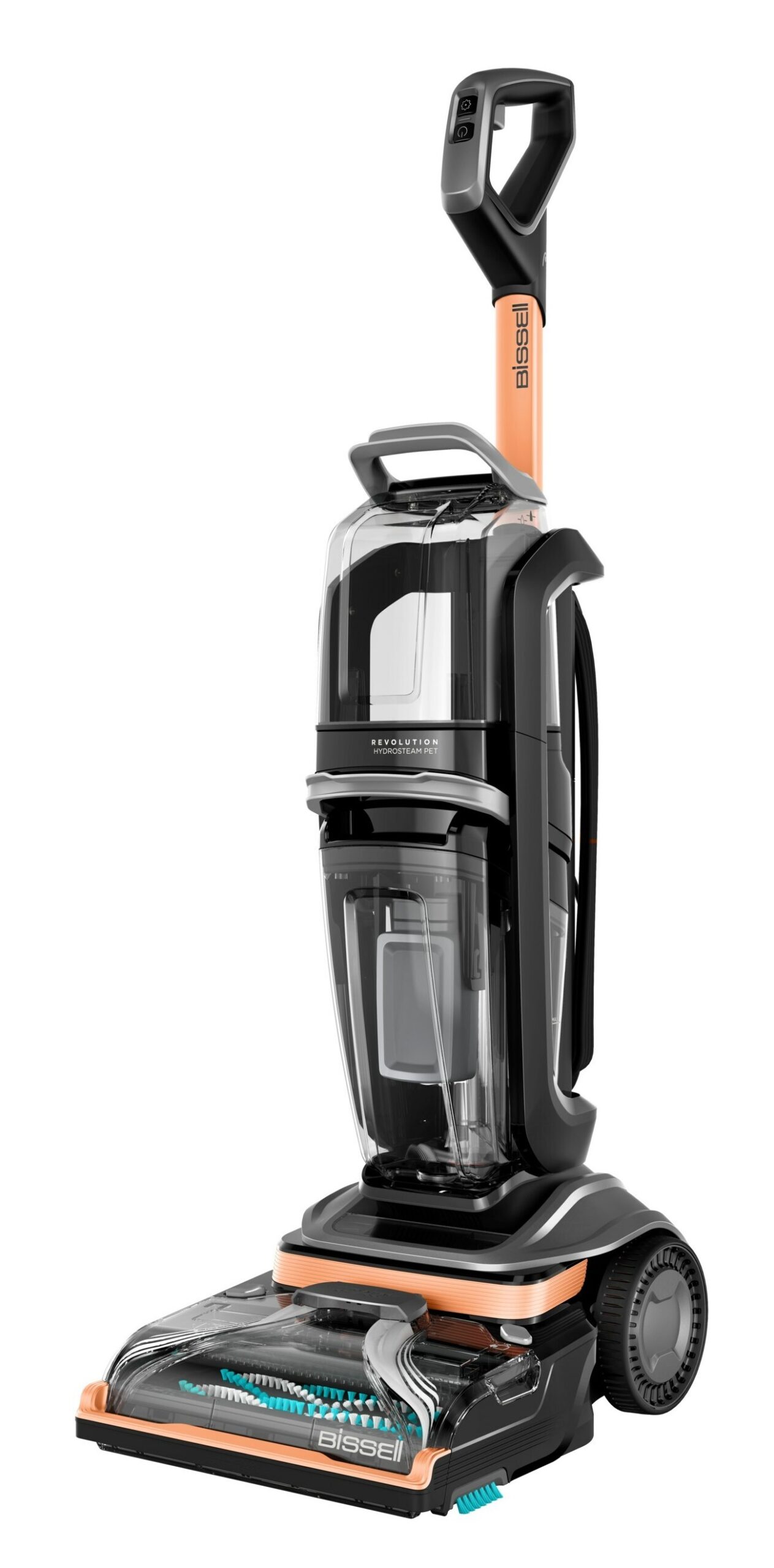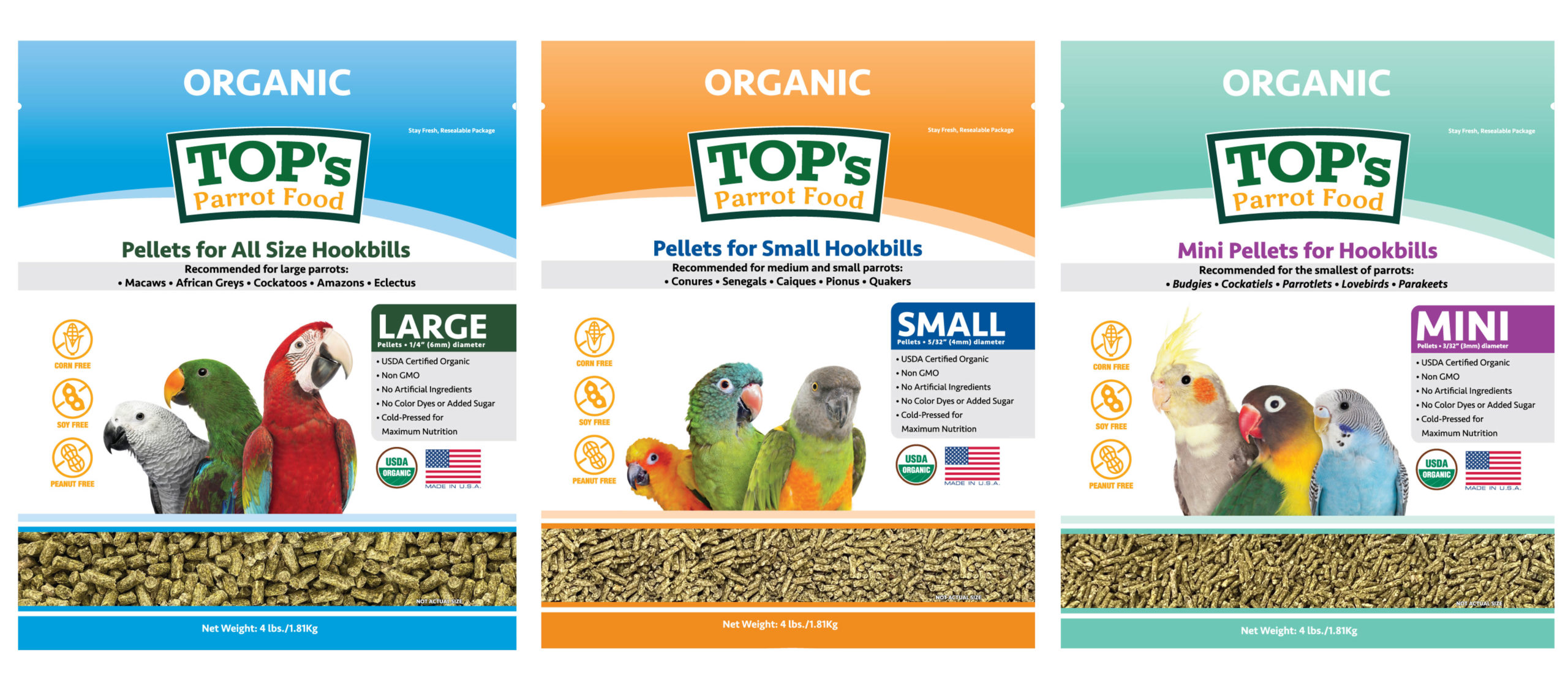Extend Your Business with an Online Store
Pet Age Staff //October 2, 2019//
BY AMY CASTRO
The nature of business these days demands that retailers look for every opportunity to gain a bigger piece of the marketplace pie. No matter how much you try to draw customers into your physical store with events and by offering them expertise they won’t find in big box and online stores, there are still customers who will always look for the easiest way to make their purchases.
If you’ve previously balked at the idea of doing business online, or you’re not fully convinced of the benefits of having an e-commerce option for your businesses, here are just some of the reasons you should be doing at least some of your business online:
- You’ll have the potential to reach more customers. With an online store, you can reach beyond the geography of your physical store, and with the right marketing, you could gain customers around the country or around the world. You’ll also reach potential customers within your geographic market who might not want to take the time to drive to your store for the products they need.
- You can offer customers more product choices. With an online store, you’re not limited to the square footage of your physical store. This allows you to offer more products your customers might want or need to care for their pets.
- Setting up an online store can be easy. Although setting up an e-commerce website can be time-consuming if you start from scratch, there are many ways you can open an online store with solutions that are practically turnkey.
- An online store can be easier to run than a brick-and-mortar store. When you open an online store, you won’t need to hire employees and train them, unbox and shelve merchandise, set up displays or deal with packing and returning damaged items.
- You can do business 24/7/365. With an online store, you have no hours of operation. The night owls, early birds and people in other time zones can shop with you when your brick-and-mortar store’s doors are locked.
- You have the potential for increased profitability. Even without factoring in the savings on rent and labor costs over a physical store, with drop-ship options available from many distributors, you also reduce the risk of ordering too much inventory and the cost to store and display it.
What you need to know to get started
Simply put, e-commerce is doing business on the internet. An online store is where you conduct e-commerce. The term e-commerce site simply means you have a website that has the features and functionality to list products for sale, their descriptions and pricing and that your customers can buy those products from your site. These days, setting up an e-commerce site is easier than ever. To get started, you’ll need to answer three basic questions:
- What are you going to sell online?
- Where are you going to sell it?
- How are you going to get what you sell to your customers?
What are you going to sell online?
When it comes to e-commerce, you can either sell your own products, i.e., products you make yourself or unique products that are only for sale in your physical store, or you can sell other people’s products. If you do the former, you’re going to need to either manually create a store on your website and link it to a payment gateway, or you’ll need to get an e-commerce platform where you can upload information, pictures and pricing of your products. You can also look to your current suppliers and distributors to see what solutions they have available for selling their products to your online customers.
Animal Supply Company (ASC) created the digital e-fulfillment and delivery solution Animal Supply Connect to help retailers compete in the digital marketplace.
“Retailers can choose any e-commerce platform, then they select ASC as their distributor,” said Angela Spears, ASC’s senior vice president of digital strategy and marketing. “ASC will give them a link and credentials that will load the ASC product catalog into their e-commerce catalog. Then they select which products they want ASC to fulfill and ship.”
Phillips Pet Food & Supplies’ Endless Aisles is available through Phillips’ digital solutions division, PHIDO. It is a platform that offers a web portal to place special orders in-store and includes an option for e-commerce integration, allowing retailers to sell products beyond their current in-store offerings, providing provides digitized merchandising information for almost 10,000 SKUs.
Where are you going to sell?
Blue-9 Pet Products doesn’t have a brick-and-mortar store; they conduct in-person customer sales at trade shows. However, most of their overall sales come from their e-commerce site. “Selling online allows us to reach a much wider audience,” said business development manager Jamie Popper.
There are many options for selling online that range from do-it-yourself to outsourcing your entire e-commerce site creation and maintenance. Whatever you decide, be sure it reflects the image of your company that you want customers to see. Popper said, “Our CEO David Blake feels that a website is the first impression or only impression that a customer gets of your company or products.”
If you only have a few of your own products you want to sell online and you want to start simply, you could build a “store” page on your website and use payment gateway (think PayPal) buttons and let the gateway be your shopping cart. Setting up a Facebook store or one on eBay is another option. If you’re ready to take a bigger step into e-commerce with more features and the opportunity to offer more SKUs to your customers, you might consider an all-in-one, “out-of-the-box” platform like Shopify and BigCommerce.
These “content management solutions” are your website and online store all rolled into one. With an all-in-one e-commerce platform, you build your site and store using your choice of “themes” or templates, then you load inventory into the site either manually or by importing inventory using CSV (comma-separated value) files.
If creating an e-commerce site isn’t something you have the time or inclination to do, you could hire a web developer to build a custom e-commerce site for you. On the less-expensive end of the scale, there are developers who will build your site on a commercial platform such as Shopify or BigCommerce.
Katherine Decker, customer service manager for Pet Store Websites, said, “What we’ve seen with small-business owners is that they don’t have the time to keep up with it. If they have someone in-house who has used Shopify before, they do OK. If not, they come to us.” Pet Store Websites uses Shopify and another platform, Lightspeed, to build websites for pet businesses. Once the site is built, Decker said the retailer can maintain it or sign up for a maintenance program: “You have your own rep that checks in with you every month to ensure the site remains current, not just for your online presence, but for your physical store as well.”
If you plan to use an e-fulfillment and delivery service, be sure whichever e-commerce platform you choose integrates with that service. ASC Connect, for example, can be used with any e-commerce platform. However, Spears said, “To make it simpler for retailers, we partner with the two largest e-commerce companies, Shopify and BigCommerce. ASC built the automation and integration into those two e-commerce platforms—so setup time is very fast and simple for the retailer.” Phillips’ Endless Aisles also has a Shopify plugin that allows retailers to easily access their catalog and allows them to control which items they show customers and pricing.
However, when it comes to pricing, be sure to be consistent with your MAPP agreements with your manufacturers. Several manufacturers have hired companies like MAPP Trap to “patrol” the internet looking for violations. The service automatically monitors more than 100,000 online sellers to find advertised price violations. Although designed to help the manufacturer, MAPP Trap CEO Ron Solomon said, “MAPP is the only way to protect the cost of the product and maintain a respectable margin for retailers.”
How are you going to get what you sell to customers?
With do-it-yourself platforms, you’re going to have to work out shipping options on your own, which could mean schlepping boxes to the post office or UPS store. Even with a contract shipper, you’ll still have to calculate shipping rates, know the weight of the products you sell and choose packaging. If customization isn’t a concern for you, some shippers such as UPS, USPS and DHL provide free shipping supplies. However, many retailers want to ensure their brand shines through when customers receive their products, so they invest in their own branded packaging, labels or other inserts for packages. Popper said branding is important to them when it comes to shipping products to their customers. “We consider everything from our packaging, to how we apply tape to the boxes, to how the boxes are printed with our name and company logo.” To achieve this level of customization, you’re likely going to have to find a shipper that will use your boxes and labels, or ship the items yourself.
If you’re using a third-party e-commerce site, there are different shipping plans depending on whether you want to fulfill orders yourself or use a fulfillment and delivery service like ASC Connect. ASC has implemented e-fulfillment in 10 of its 21 warehouses, and according to Spears, “We can cover 99 percent of the country with two-day shipping and 94 percent of the country in one day.” Phillips’ Endless Aisles says its team can process an order in 30 minutes or less, with a fill rate that’s more than 99.7 percent, and then drop-ships retailers’ orders to their customers’ doorsteps. Both services ensure that your customer orders come to their doorstep with your information, not the distributors.
For customers who want to compare products with what you have in the store, or don’t want packages coming to their homes, store pickup is also an option you can offer with many e-commerce platforms. However, in some instances, this added feature comes with added fees.
How do I select the right e-commerce platform for my business?
With so many platforms available and so many features to decide on, it can feel a bit overwhelming making a decision on which e-commerce platform is best for your business. Here are some questions that will help you start to narrow down the field:
- Do you plan to build it yourself, or hire someone else to build it?
- How simple is it to set up and use?
- What is the cost for initial setup and monthly or annual fees to use the platform?
- What transaction fees are charged for sales through the platform?
- Do you plan to maintain it yourself, or hire someone else to maintain it?
- What tools and features do you need in an e-commerce platform?
- What e-commerce and marketing tools come with it? Does it include SEO and social media tools?
- Does it come with 24-hour tech support?
- What themes or templates are included? Which are free and which cost extra?
- Is it mobile responsive?
- What payment options does it support?
